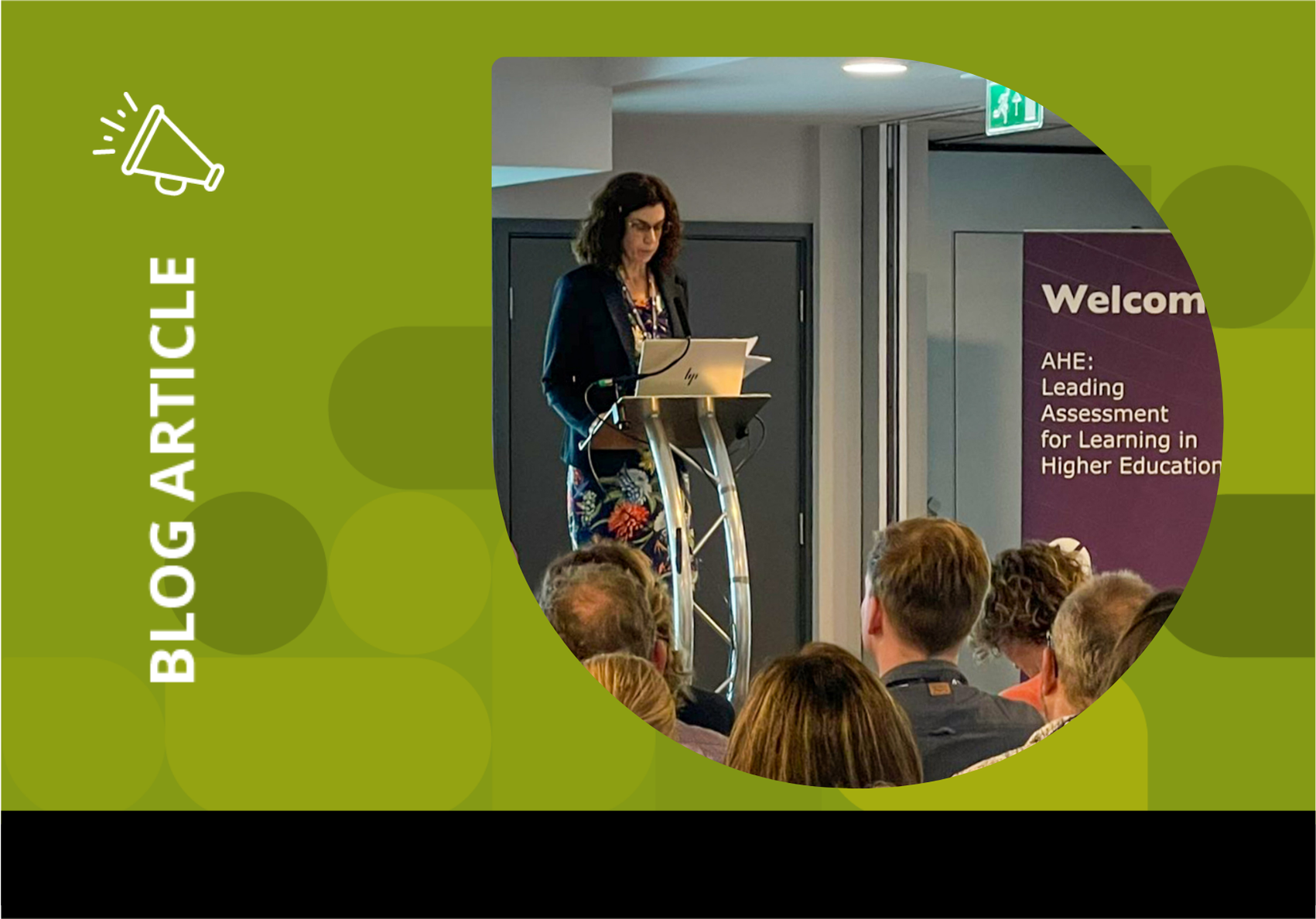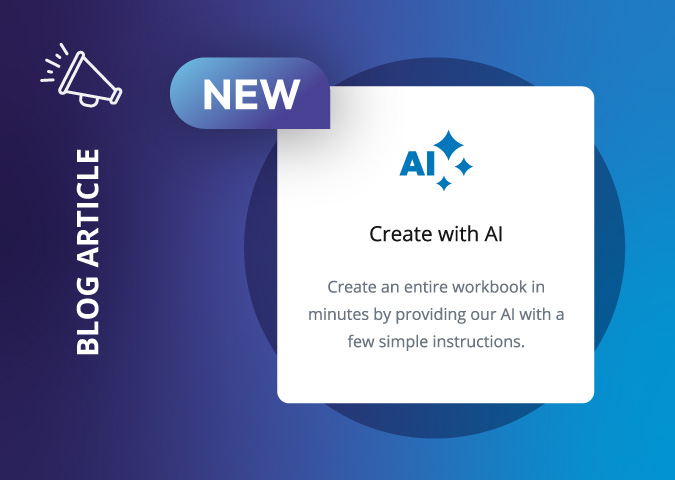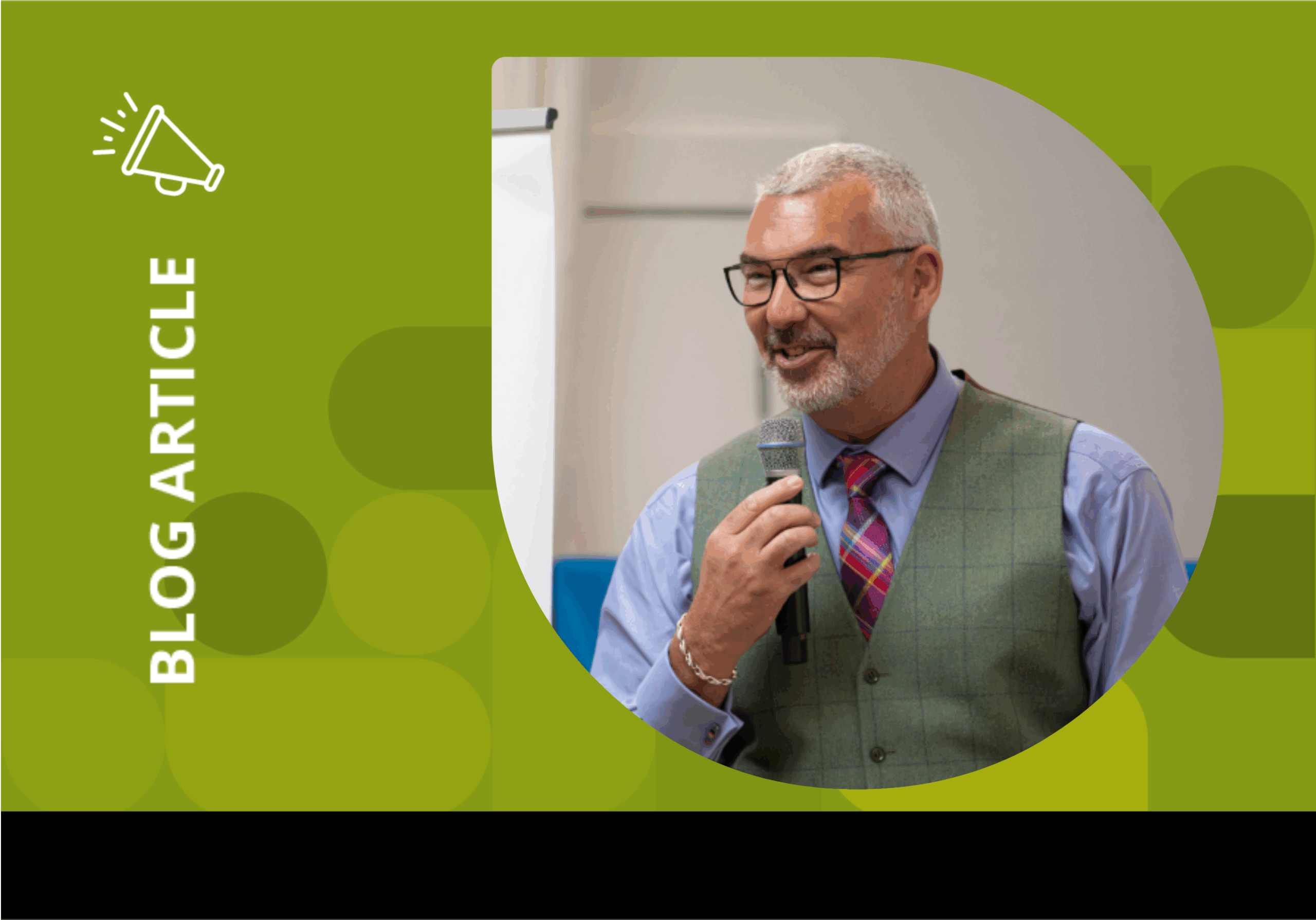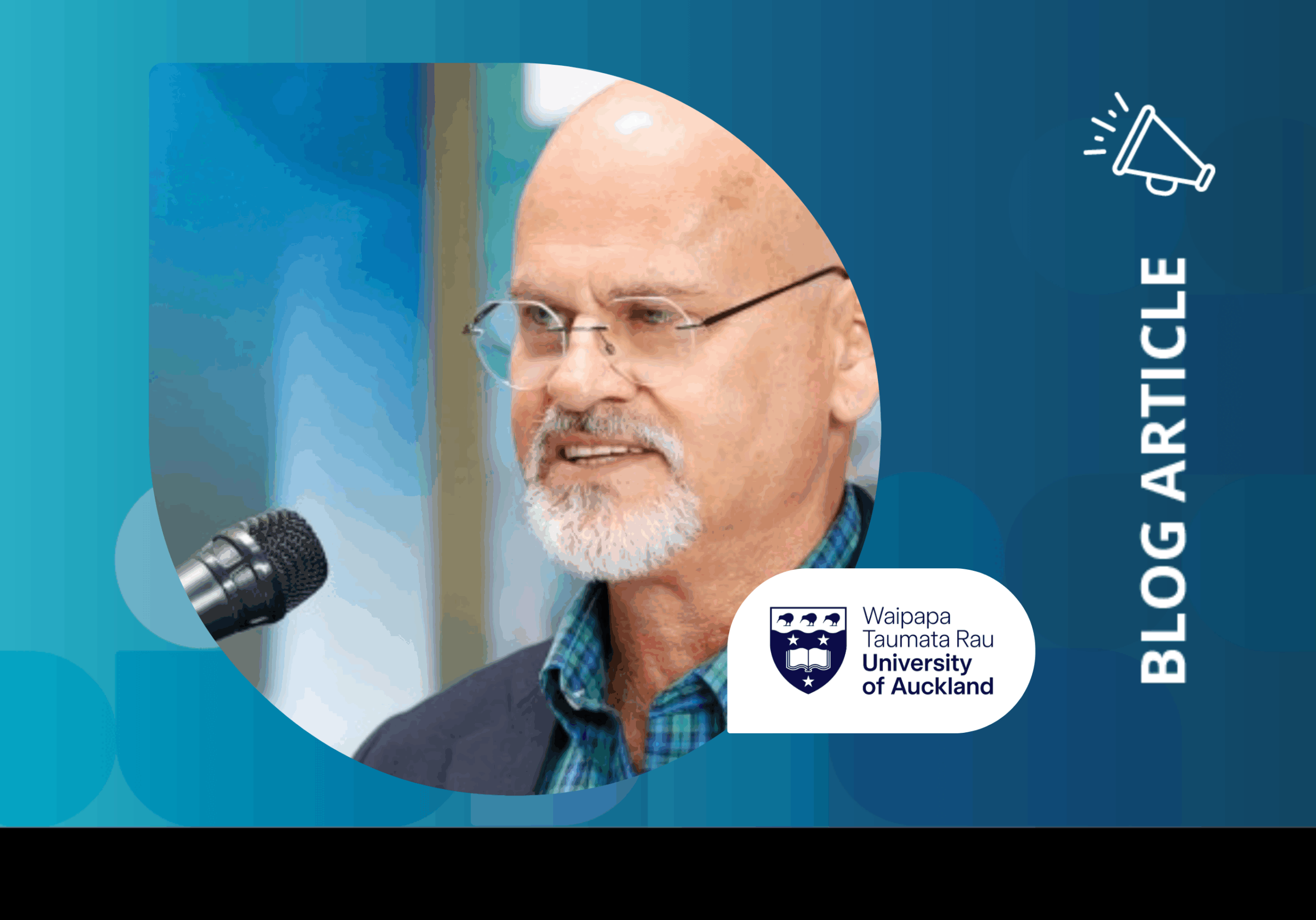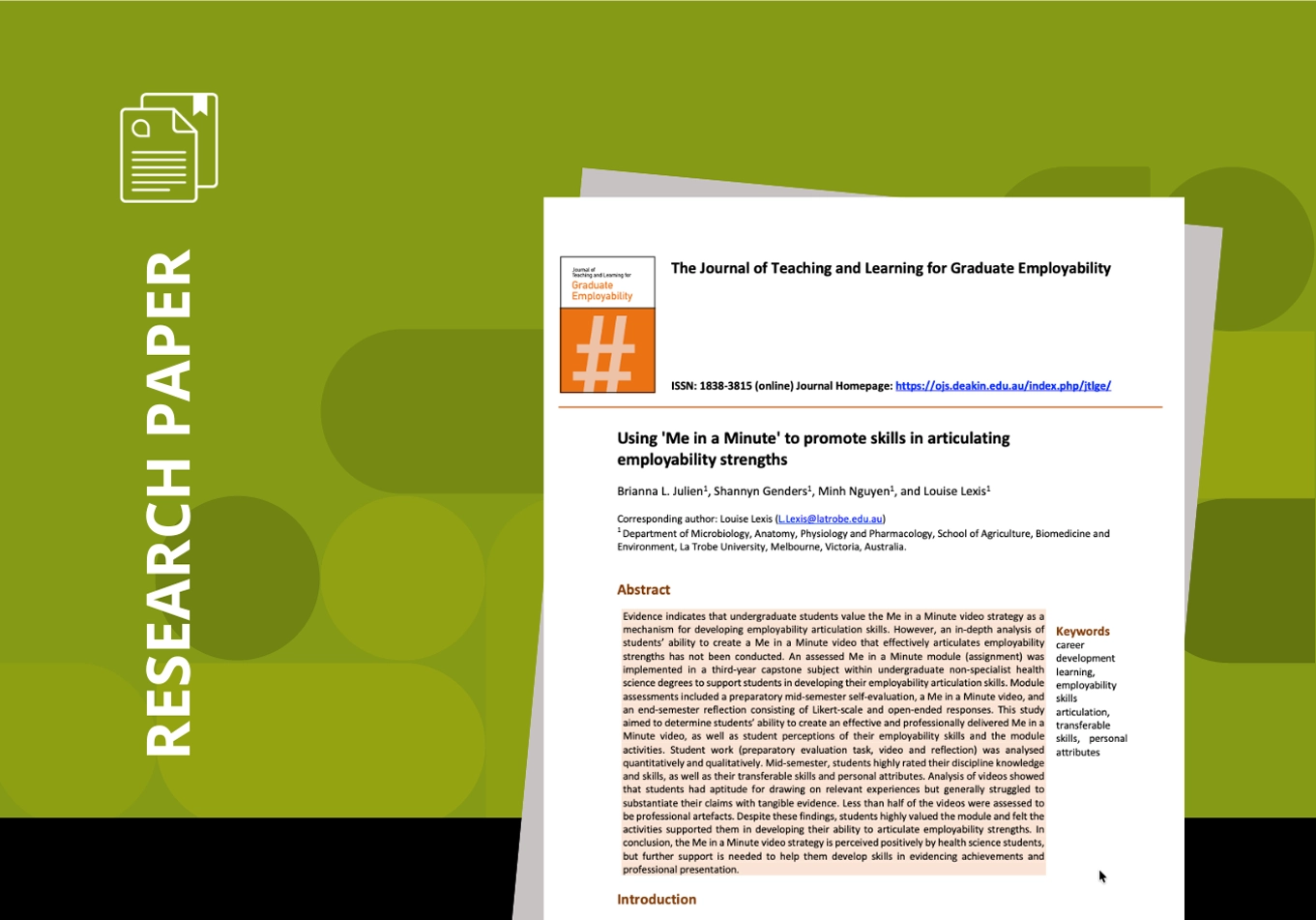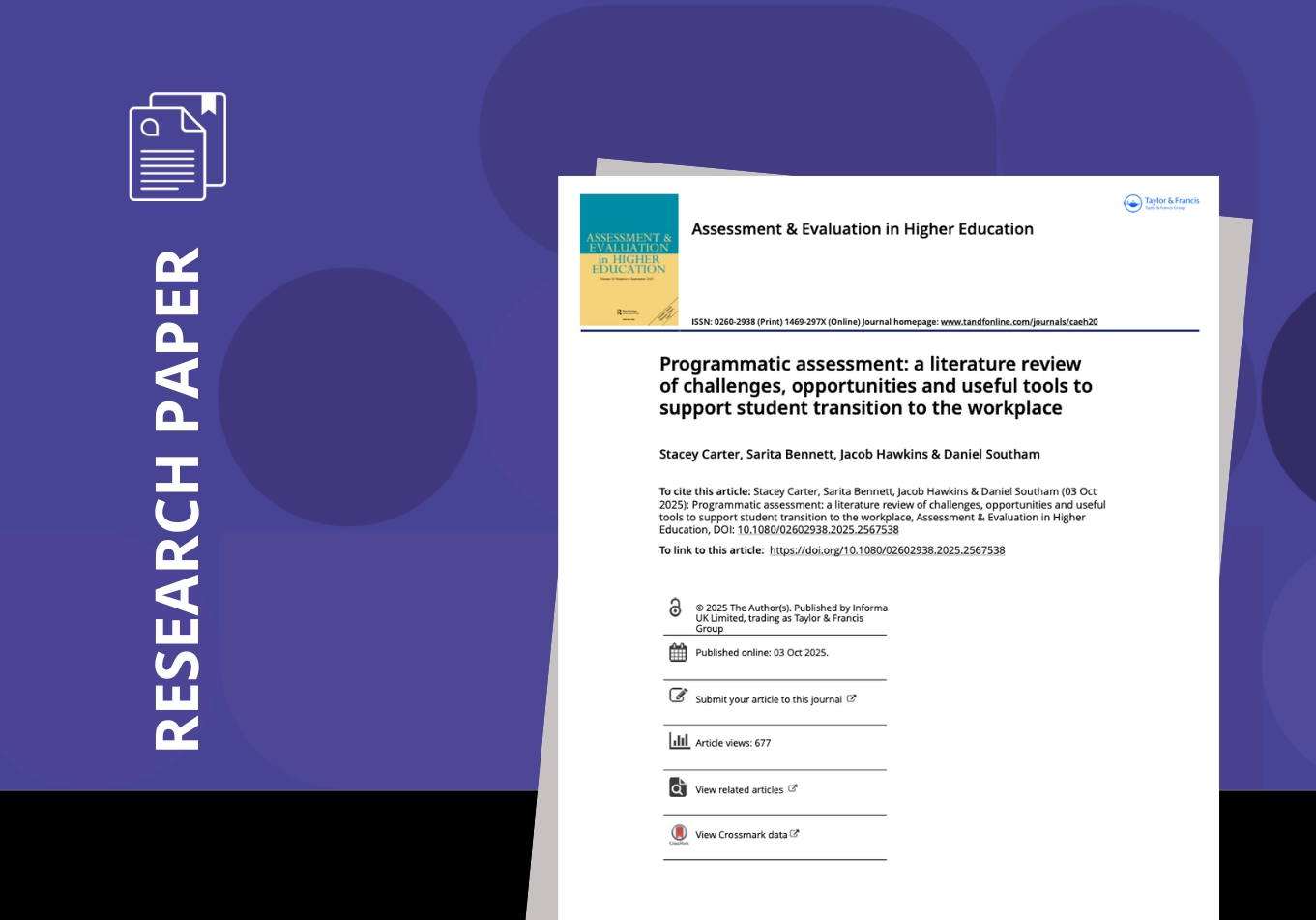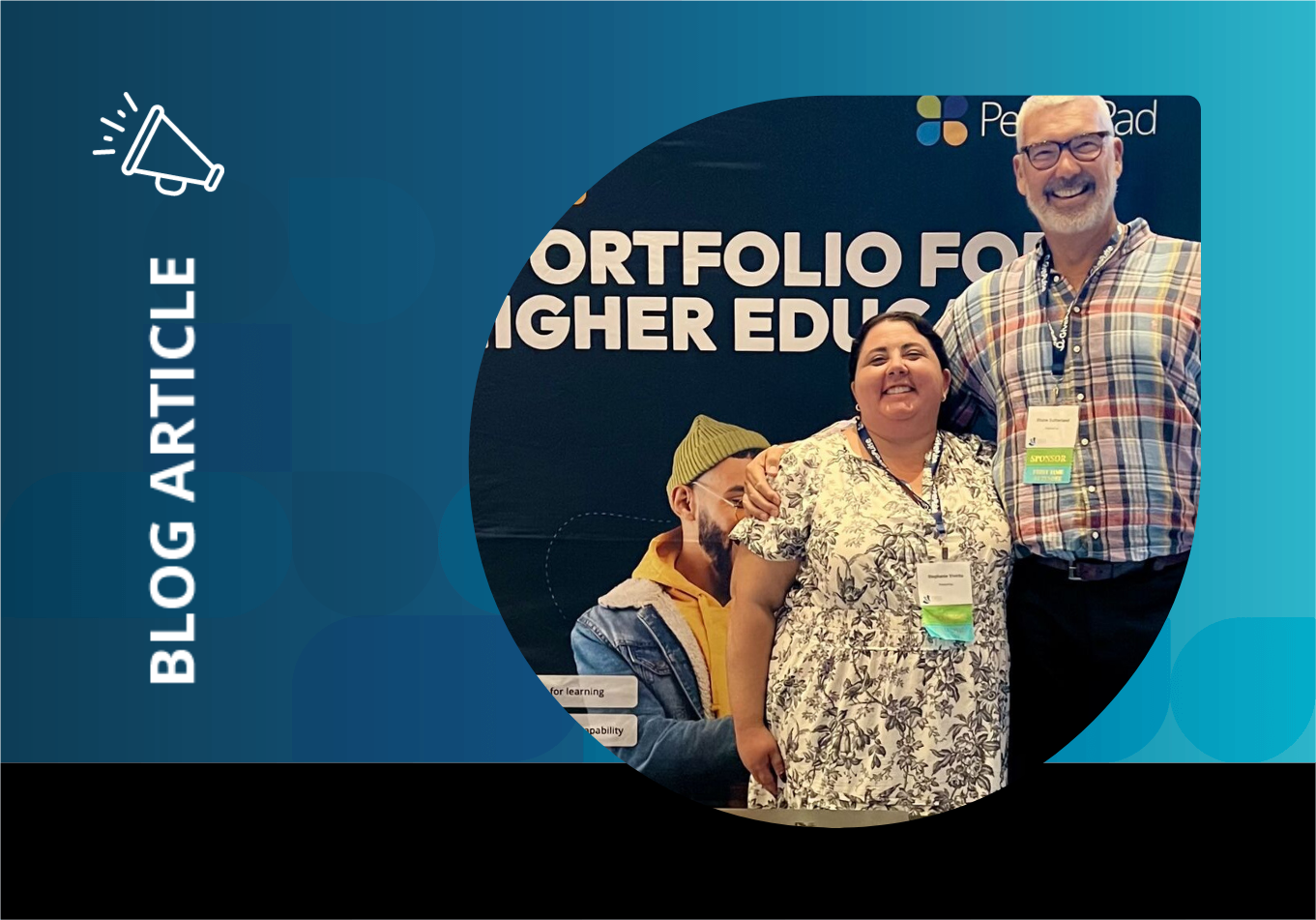At this year’s Assessment in Higher Education (AHE) Conference in Manchester, inclusive assessment was a key theme, not just as a moral imperative, but as a strategic necessity for the future of higher education.
I saw incredible passion and commitment from educators, researchers and technologists across the sector. As a Product Manager working in EdTech – and someone who cares deeply about accessibility – I left the event feeling energised, challenged and equipped with real insights into how we can do better.
Better design
One message stood out more than any other: inclusion doesn’t begin with creating accommodations for accessibility – it begins with design. In session after session, I heard stories of institutions juggling hundreds of individual reasonable accommodations: extra time, separate rooms, special invigilators. Not because they want to but because their core assessment models are inflexible.
This way of working isn’t sustainable. It’s stressful for staff. It’s disempowering for learners. And perhaps most importantly, it reinforces a message that some people need to be “fixed” to fit in.
Inclusive assessment should flip that on its head. It should say: You belong here. The system will meet you where you are.
That’s why I was so inspired by the ‘shift left’ approach discussed at the conference. It’s about baking inclusion into the design process from the very beginning, not patching it on at the end. It’s proactive and intentional. This means starting with the assumption that learners will have different needs and designing assessments flexible enough to accommodate that diversity without needing retrofits.
What does inclusive assessment look like?
At its core, inclusive assessment is about removing unnecessary barriers. One of the best aspects of the conference was the practical sharing of what inclusive assessment can look like in real settings. For example:
- Flexible formats: Learners are offered options in how they demonstrate learning (whether written, spoken, visual or practical) tied clearly to learning outcomes.
- Clear, accessible learning outcomes: Institutions are revisiting the language of intended learning outcomes (ILOs), removing jargon and making expectations transparent.
- Inclusive Constructive Alignment (ICA): This step-by-step method helps assessment designers ensure their tasks, criteria and outcomes are aligned and inclusive from the ground up.
- Universal Design for Learning (UDL) principles: Many institutions are using UDL frameworks to guide design decisions that reduce cognitive load, offer choices and support autonomy.
- AI for equity: Generative AI is being explored as a tool to support linguistic inclusion, helping learners express ideas more clearly without standardising voice.
What struck me most was how many of these practices benefit all learners, not just those with declared disabilities. They improve clarity, increase confidence and foster more meaningful engagement across the board.
Rethinking rigour
The brilliant thing? Inclusive assessment doesn’t lower standards. It raises them. The persistent myth that inclusive assessment compromises academic standards was highlighted during the conference – but all the evidence points the other way.
When assessment is transparent, flexible and designed to remove unnecessary barriers, learner performance tends to improve. Inclusive design helps reduce cognitive load, increase motivation and confidence, and improve feedback engagement. We were reminded that inclusion and rigour are not in opposition. When done well, inclusive assessment raises the bar for everyone.
Where we go from here
Inclusive assessment isn’t about making life easier, it’s about making learning fairer, clearer and more effective. As the sector faces rising complexity, limited resources and a growing demand for accountability, embedding inclusion from the outset is no longer optional. It’s essential.
Whether you’re an academic, technologist or policymaker, now is the time to shift left and build assessment systems that serve all learners, by design.


